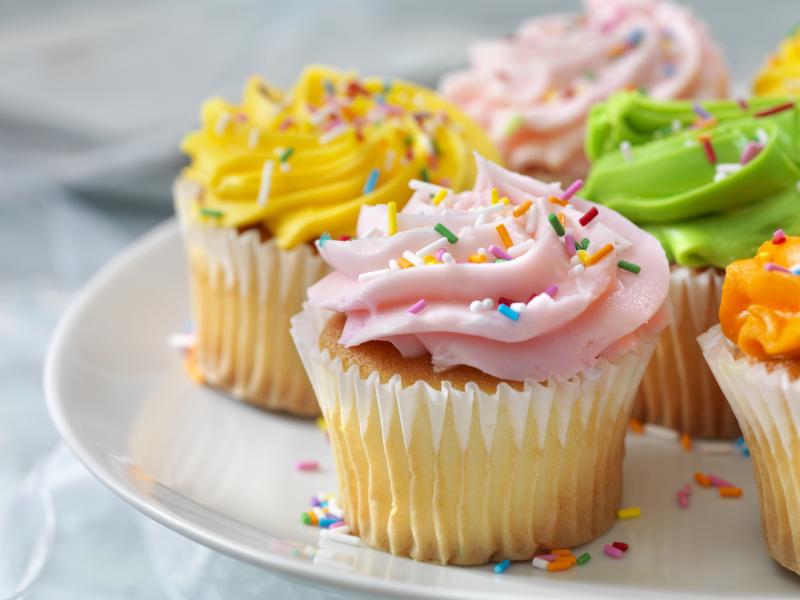
Sugars can come from natural and added sources. For example, fruit and milk are sources of natural sugar. Added sugars, on the other hand, typically come from syrups and sweeteners that are added to foods and recipes. Sugar is also commonly added at the table, such as on cereal or sprinkled on fruit.
Other Names for Added Sugar
Sugar goes by many different names on the food label. Words that end in “-ose” such as fructose and maltose are some of the different names for sugars.
Other names for added sugars you may find in an ingredient list:
| anhydrous dextrose | fructose | molasses |
| agave nectar | cane crystals | corn sweetener |
| crystalline fructose | invert sugar | maltose |
| brown rice syrup | fruit nectar | pancake syrup |
| brown sugar | glucose | raw sugar |
| evaporated cane juice | high-fructose corn syrup (HFCS) | sucrose |
| cane sugar | maple syrup | beet sugar |
| confectioner's powdered sugar | honey | sugar |
| corn syrup | invert sugar | sugar cane juice |
| crystal dextrose | liquid fructose | white granulated sugar |
| dextrose | malt syrup | evaporated corn sweetener |
| coconut sugar | turbinado sugar | carob syrup |
Learn more about reading a food label on the Reading Nutrition Facts Labels webpage.
Common Foods that Contain Added Sugars
Sometimes it is obvious when a food contains added sugar because it tastes sweet. There are some foods, though, that can be surprising when it comes to sugar content so it is important to check the nutrition facts label if you are concerned about how much added sugar you are eating. Take a look below for some of the most common sources of added sugars that you will find in the grocery store.

- Sweetened beverages such as soft drinks, sweetened tea, energy drinks, sports drinks, fruit drinks and lemonades, and sweetened coffee.
- Sweet baked goods such as cakes, cookies, brownies and pastries
- Candy
- Breakfast cereals and breakfast bars
- Ice cream and other frozen desserts
- Some spaghetti sauces
- Baked beans
- Peanut butter and other nut butters
- Condiments such as syrups, jams, ice cream toppings, BBQ sauce and ketchup.
- Salad dressings
Small Steps to Reduce Added Sugar Intake
It can seem overwhelming to cut down on your sugar intake all at once, but little steps can add up to big changes. There’s no need to completely eliminate added sugars. Enjoy some of your favorite foods that contain added sugar in moderation and balance your choices with foods that contain less added sugar. Here are a few steps you can take to slowly reduce your sugar intake.





